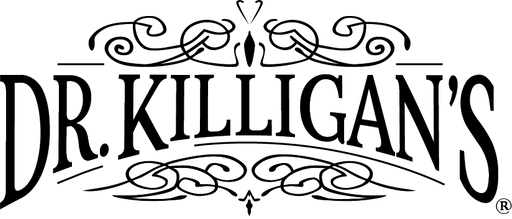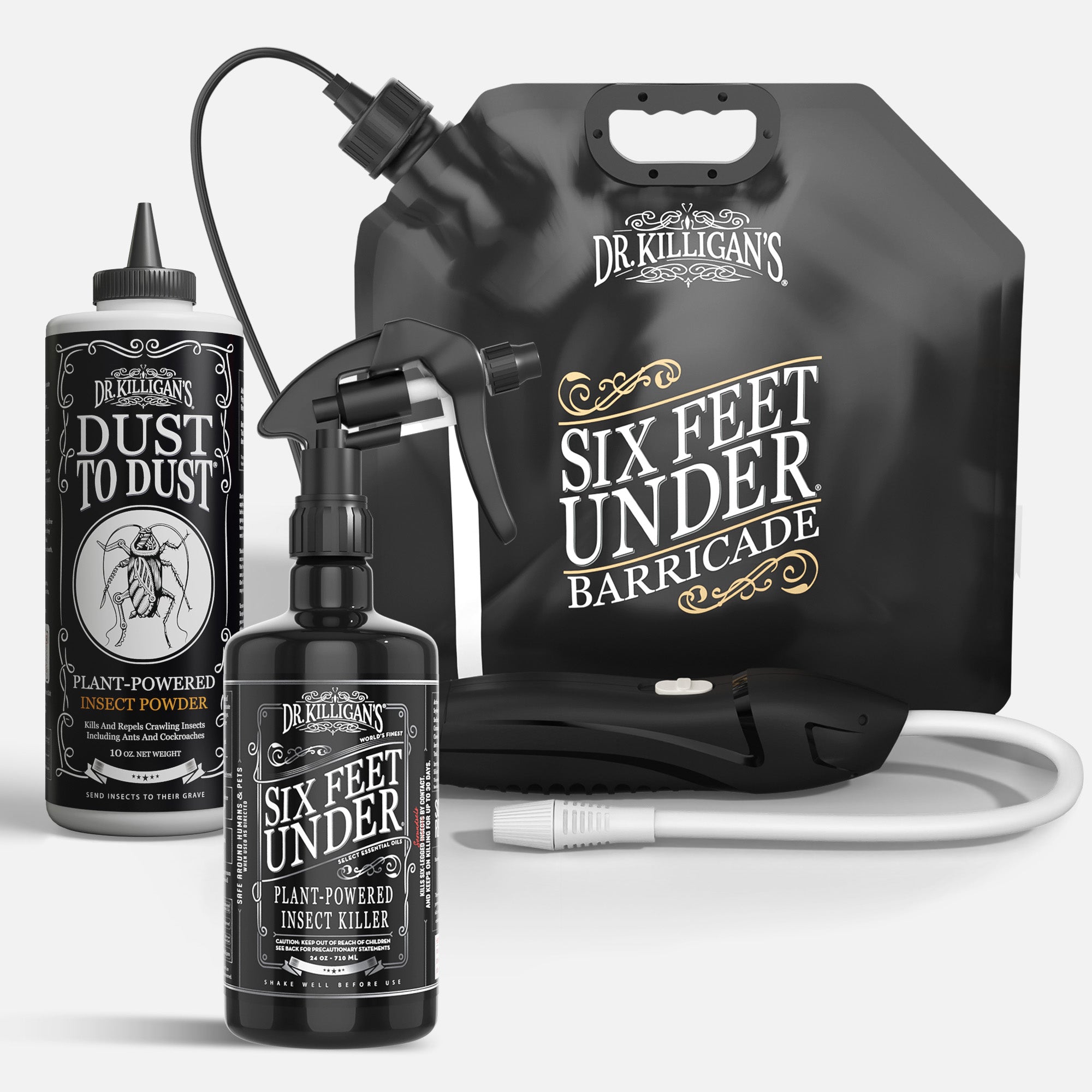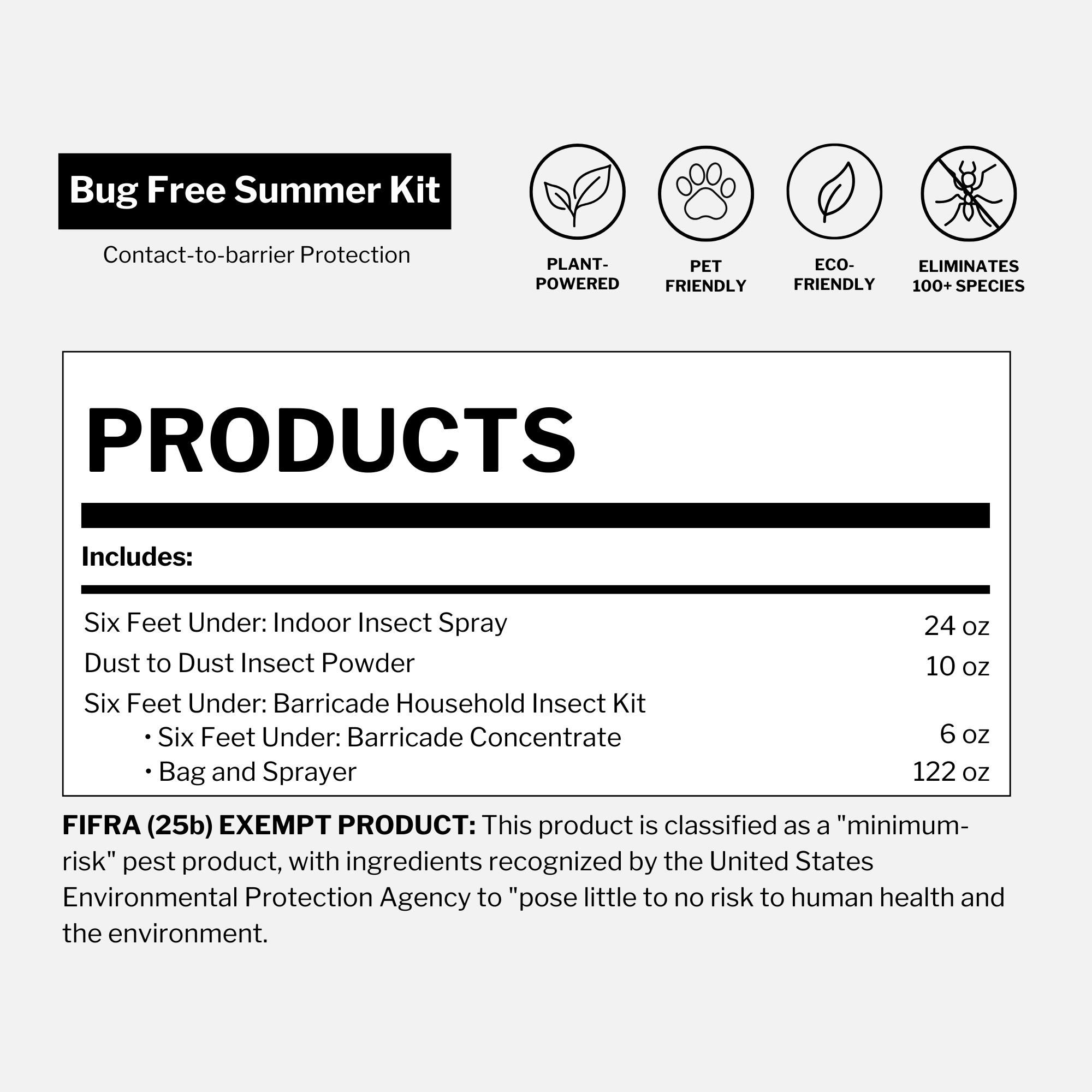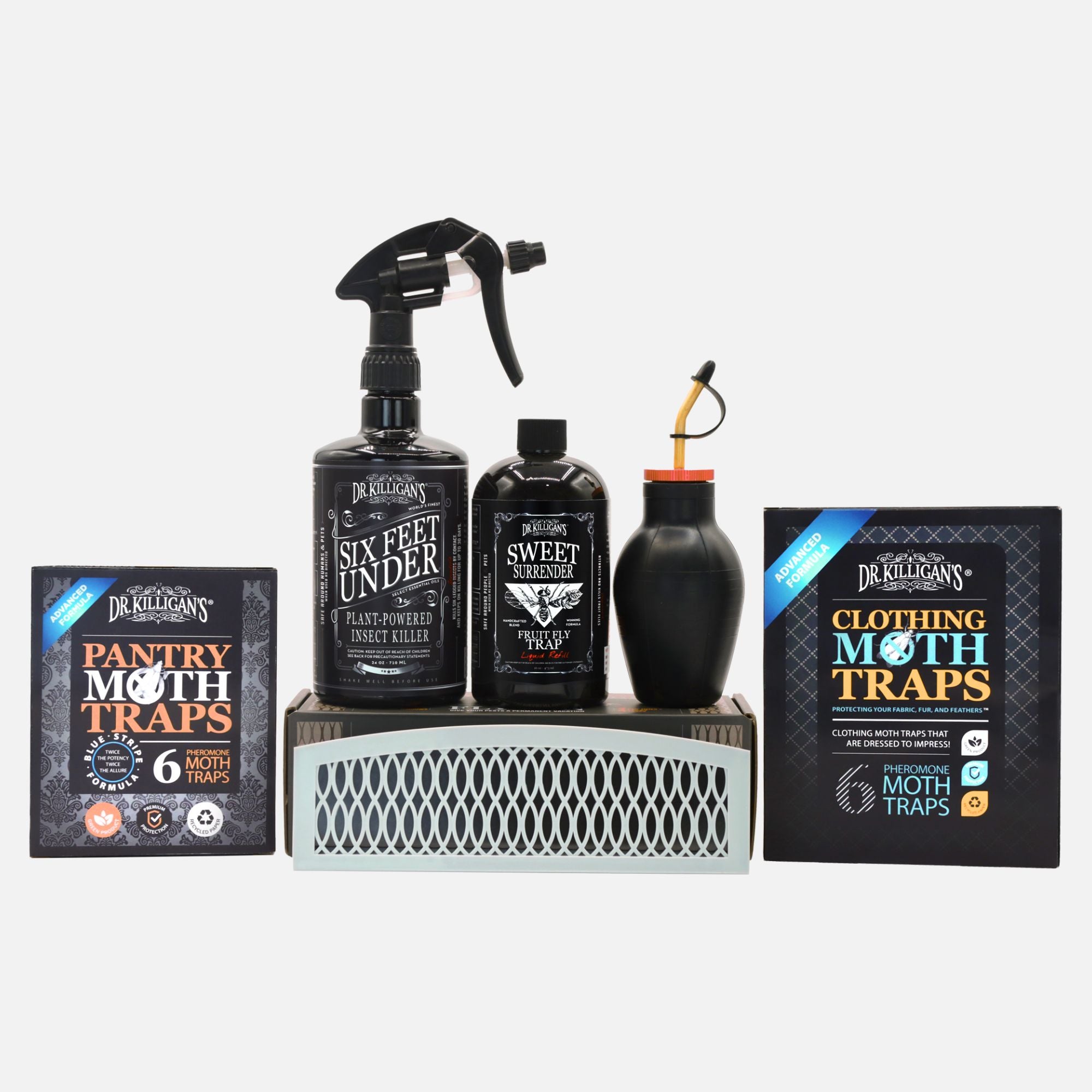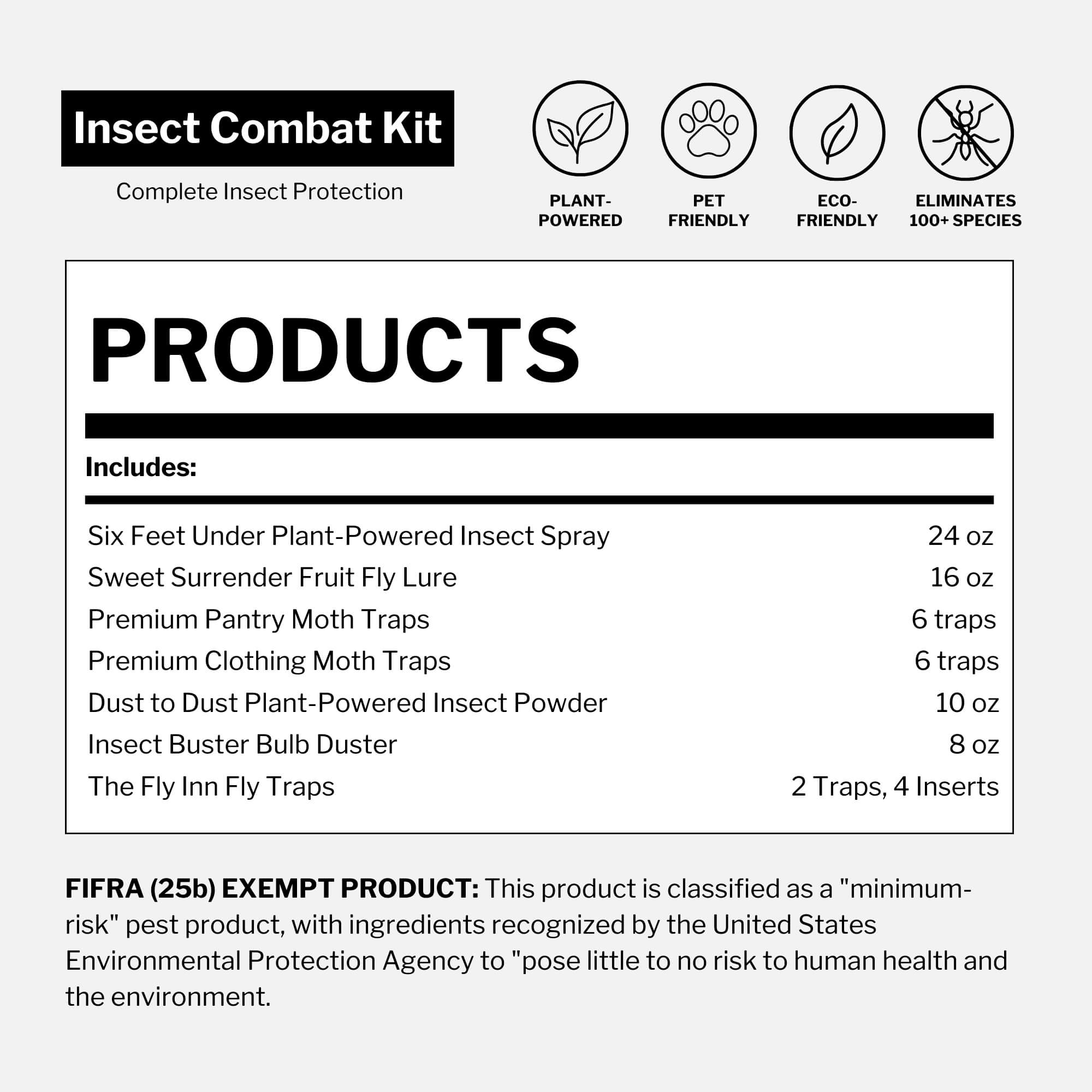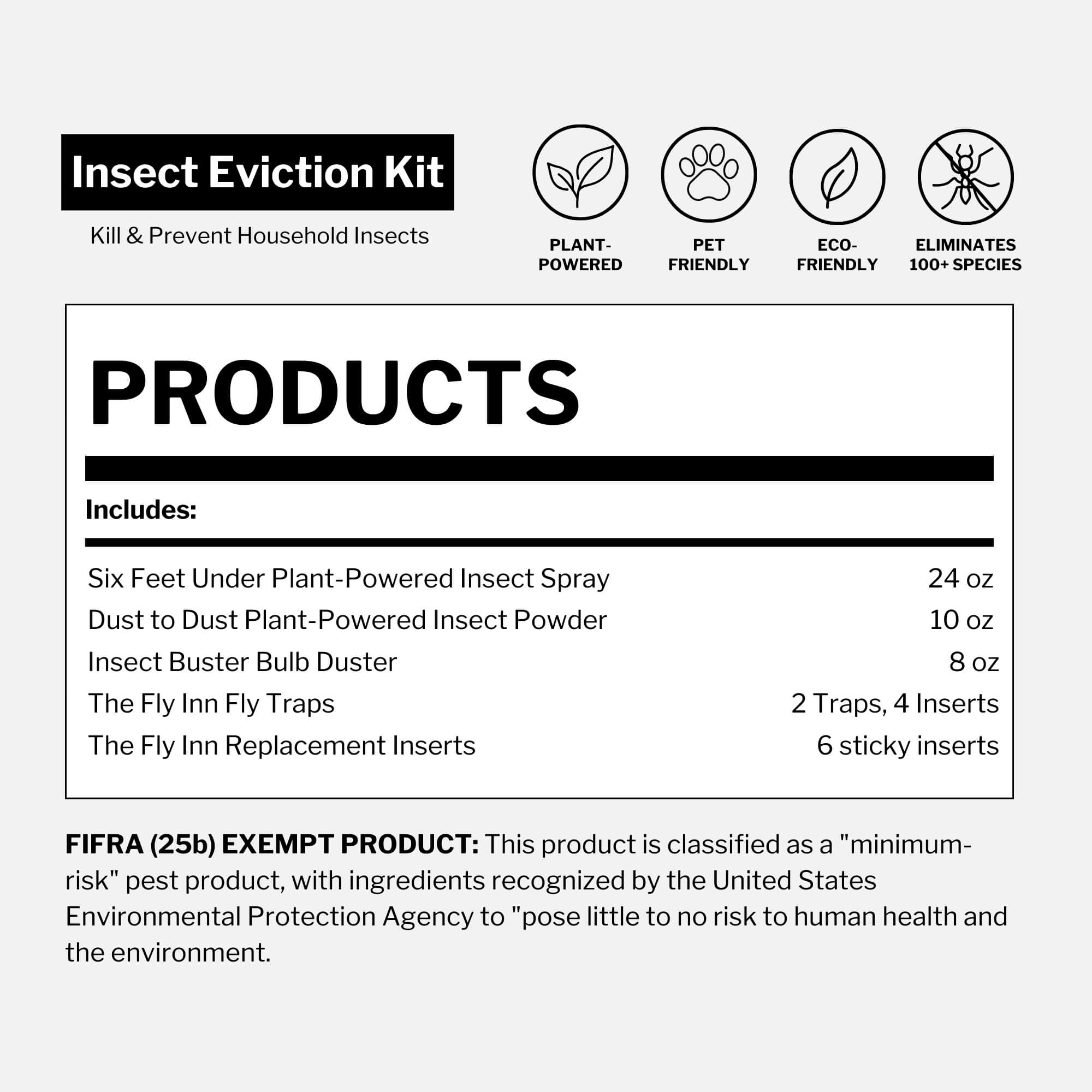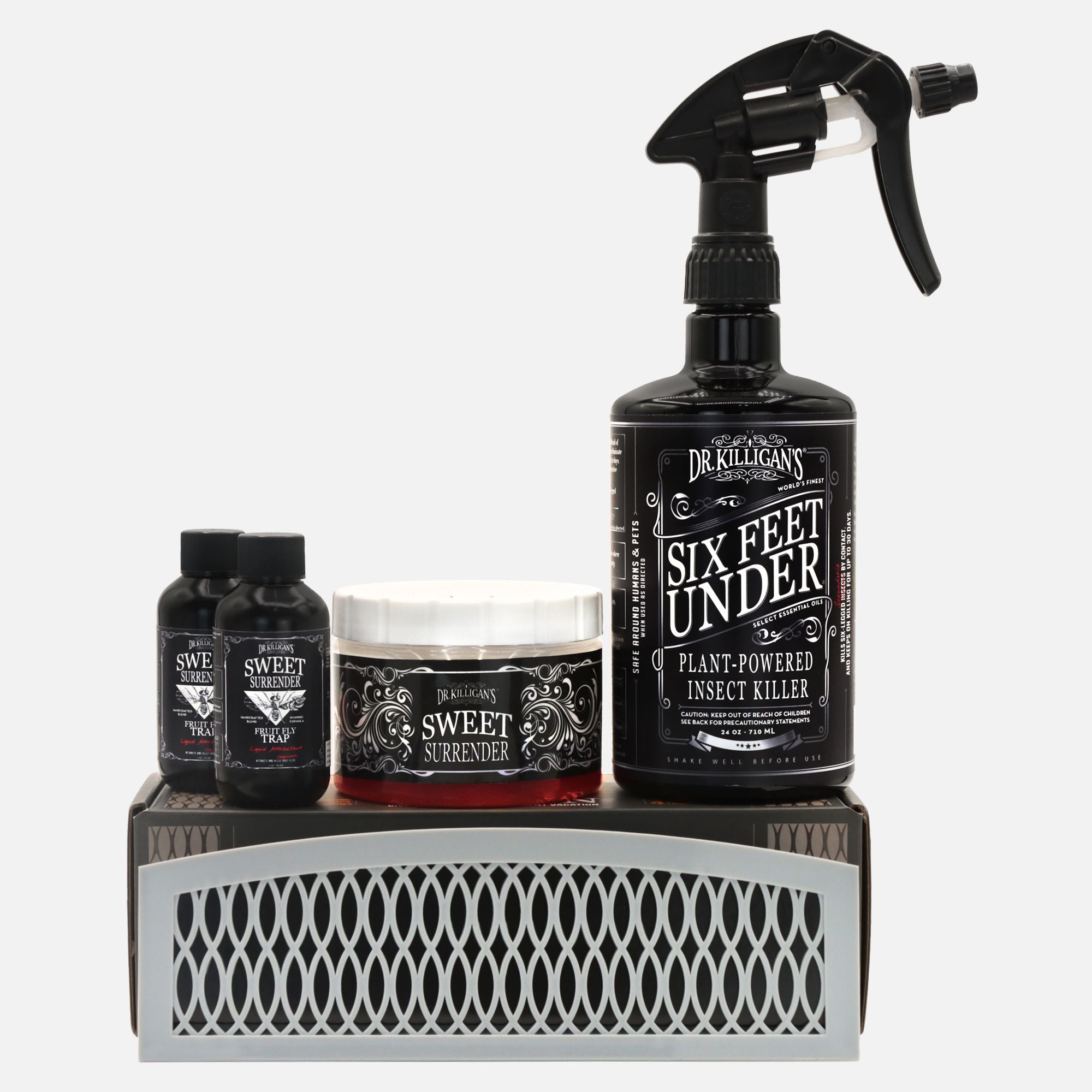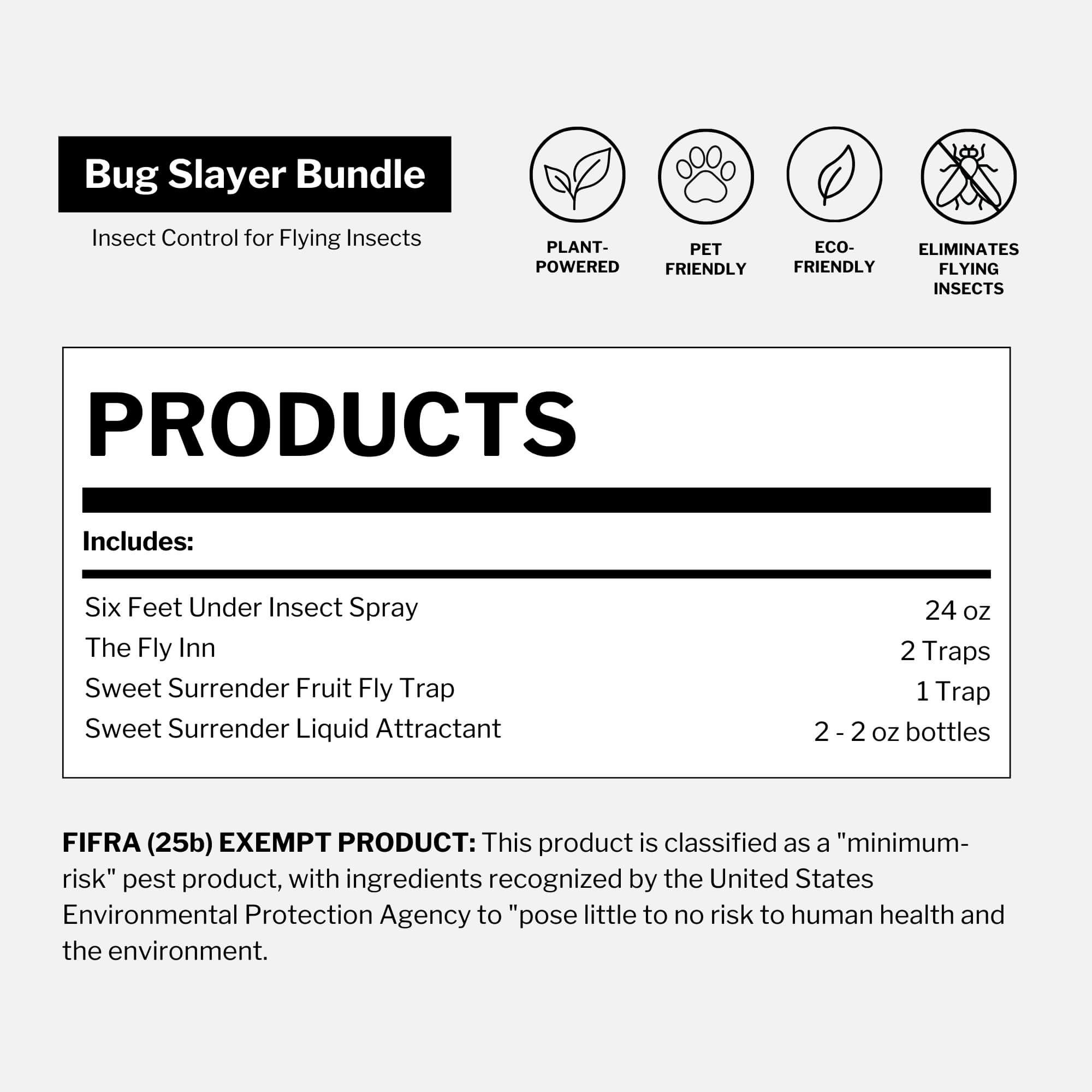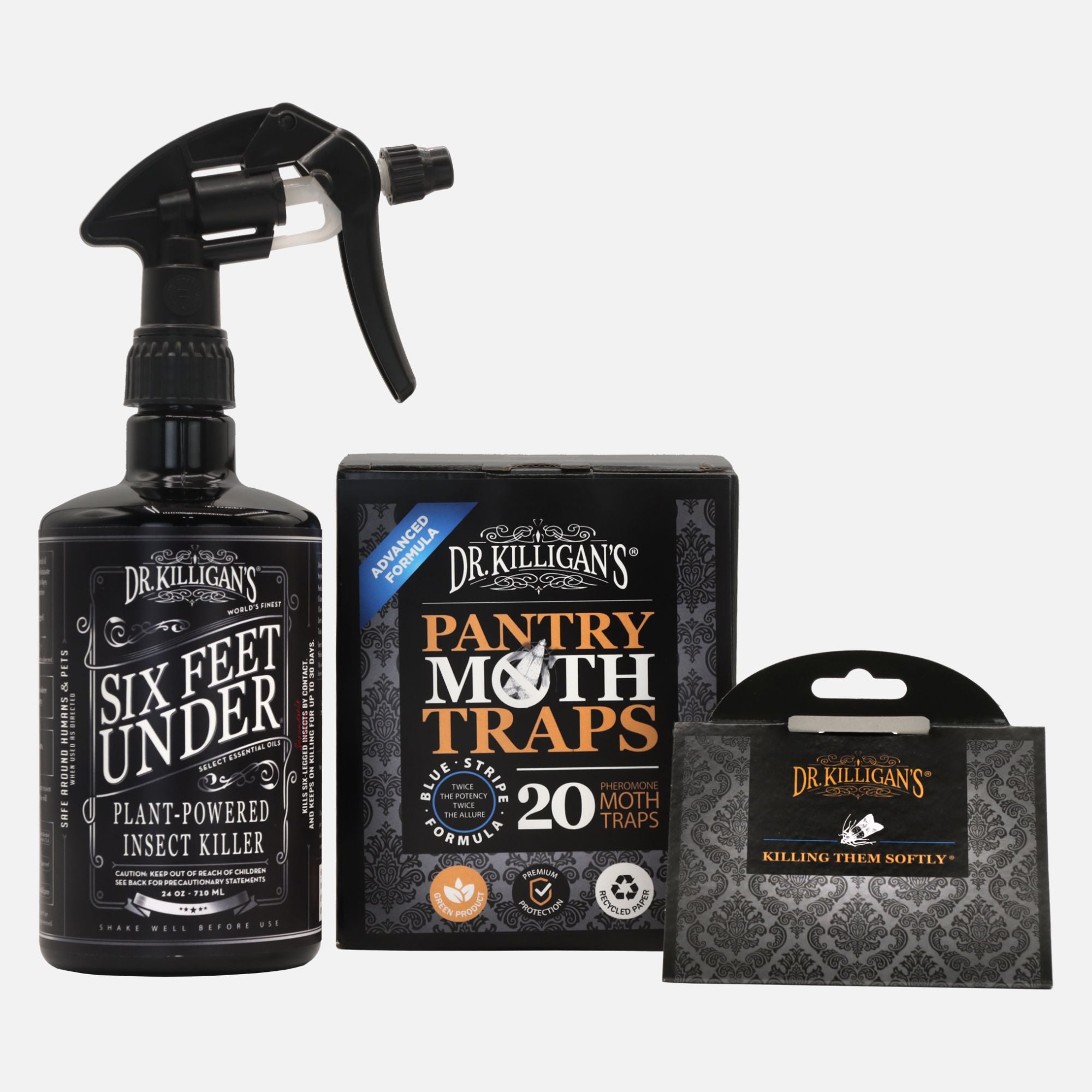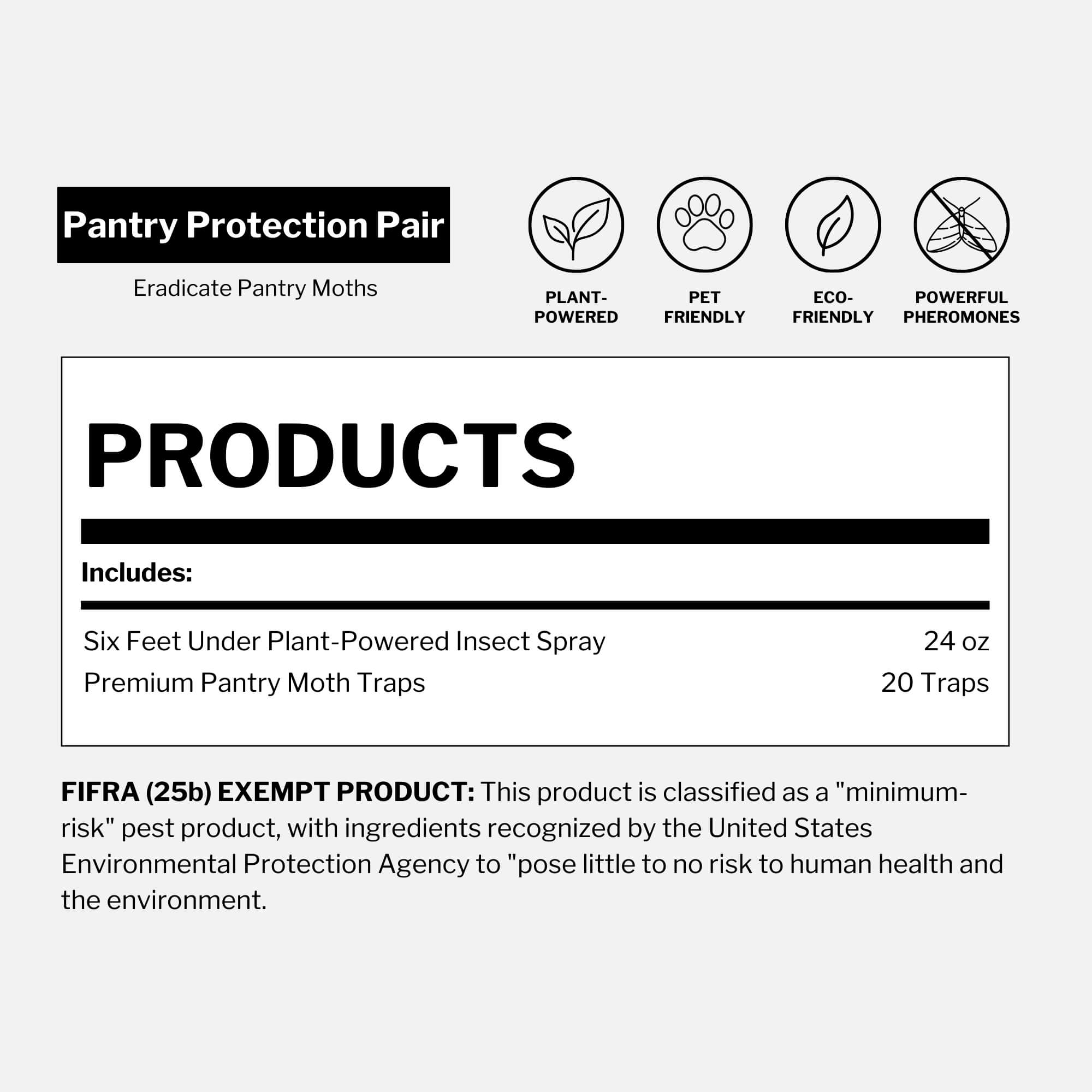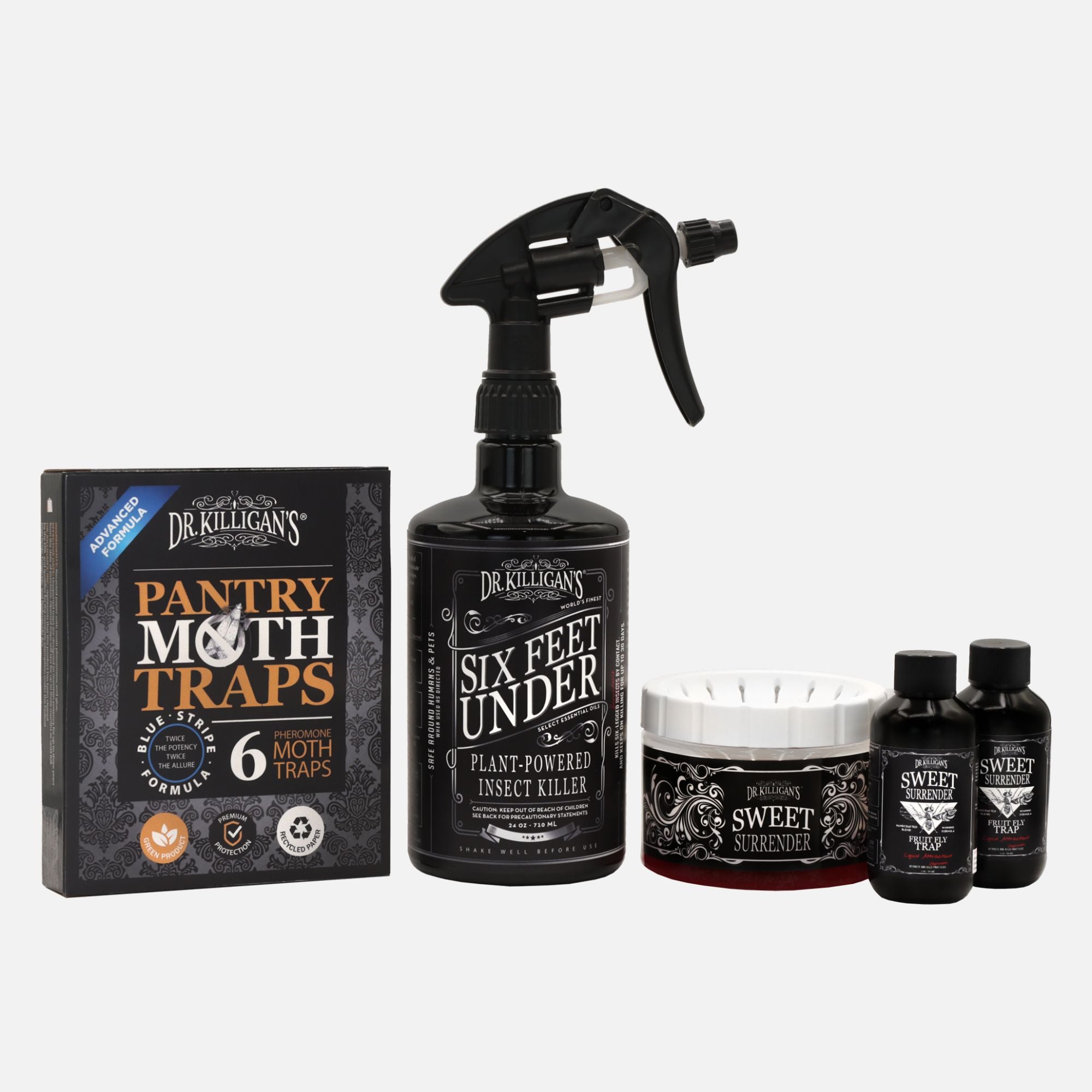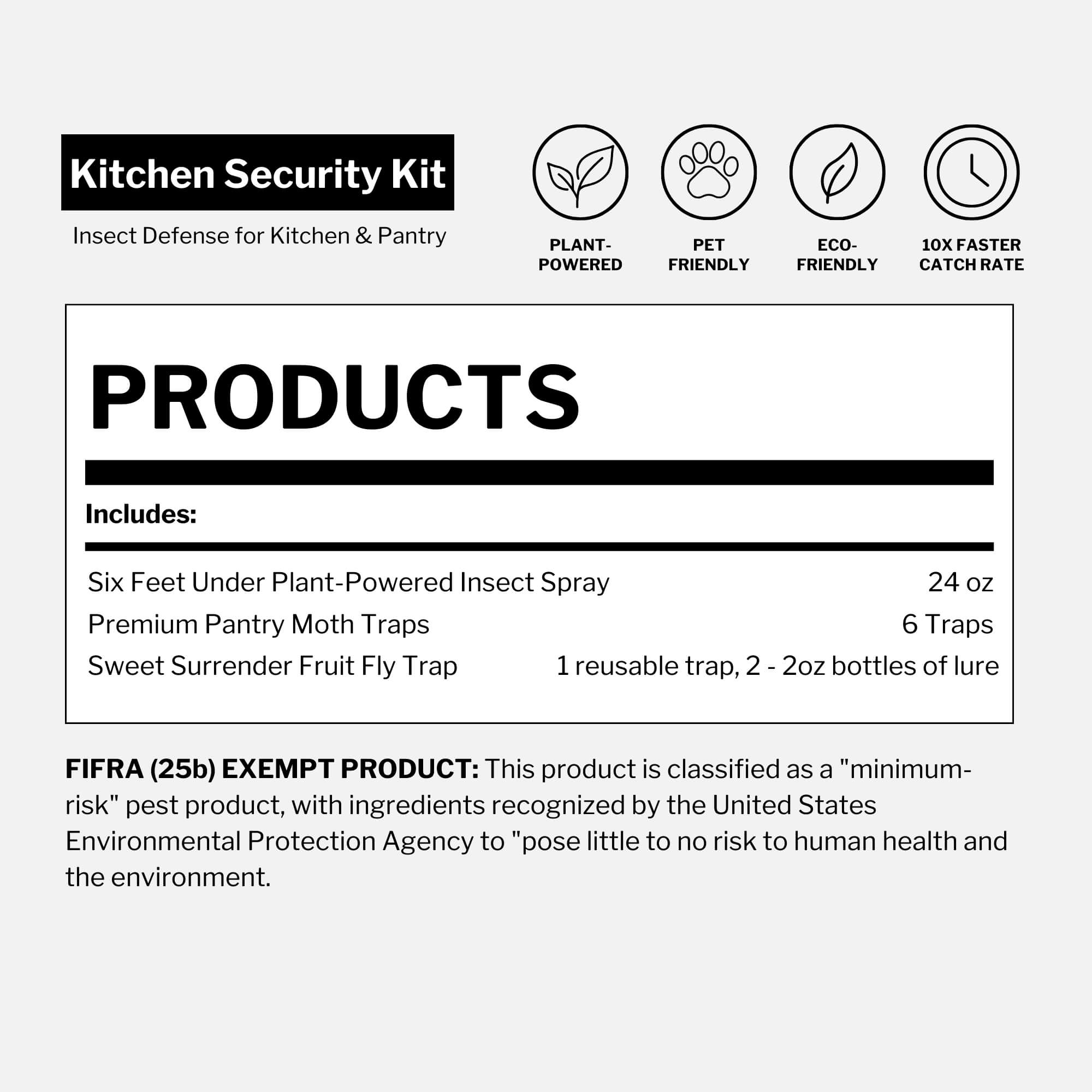Updated on May 12th, 2025
Ever wonder what attracts flies—or what color flies are most drawn to? You’re not alone. From kitchens to patios, these buzzing nuisances seem guided by a color-coded radar, especially for certain shades. At Dr. Killigan’s, we’ve spent years studying their behavior and created a science-backed solution: The Fly Inn—an eco-friendly housefly trap that uses flies’ own visual triggers to lure and catch them effectively.
What attracts flies?

Flies are drawn to a range of environmental cues—especially light, warmth, scent and color. Indoors, they’re often attracted to food waste, decaying organic matter or the contrast of bright windows against darker interiors. But one of the strongest attractants is visual stimulation, particularly certain colors and wavelengths of light.
At Dr. Killigan’s, we’ve studied these behaviors to better understand what flies are attracted to—and how that knowledge can be used to create more effective, non-toxic fly traps.
This foundation paved the way for deeper research into color-specific preferences, which revealed a standout hue: blue.
What colors are flies attracted to?

While flies respond to multiple sensory triggers, color plays a surprisingly powerful role—especially in indoor environments. To uncover which colors flies are most drawn to, Dr. Killigan conducted a series of controlled experiments using Musca domestica (common houseflies).
In each test, 100 newly emerged flies were released into a space containing one colored test trap and one neutral gray control trap. Over timed intervals, fly activity was recorded to measure preference.
The result? Blue traps attracted 78.91% more flies than the gray control. Among all colors tested, blue consistently emerged as the top visual attractant—outperforming every other hue.
Why blue? Flies perceive visual contrast differently than humans. Blue light balances ultraviolet wavelengths and shadow, making it more visible and stimulating to the fly’s compound eyes. When environmental noise is reduced, their natural preference for blue becomes even more pronounced.
This breakthrough led directly to the development of The Fly Inn, which uses a patent-pending blue visual attractant to lure and capture flies without chemicals.
Are flies attracted to black or dark colors?
Yes—flies are often attracted to black and other dark colors, especially in outdoor environments. Dark surfaces tend to absorb heat and create shadow contrast, which can mimic the visual cues flies use to locate shelter, food or mates. While blue remains the most attractive color in controlled indoor tests, dark shades can still draw flies in certain conditions, particularly when placed near light sources or warm surfaces.
Understanding this nuance helps explain why flies may gather around dark window frames, black trash bins or shaded corners—even when lighter colors are nearby.
Best housefly trap for indoors: Why The Fly Inn works

Dr. Killigan’s Fly Inn is more than just a glue trap—it's a science-backed housefly killer engineered for indoor use. Designed around research showing flies are strongly attracted to the color blue, as explained earlier, The Fly Inn uses a patent-pending visual lure that mimics the wavelengths flies find irresistible. In addition, the light filtering through its packaging plays a key role in attracting flies, drawing them in with visual cues that mimic their natural preferences.
Its sleek design works best when placed along windows, glass doors or other light-attracting zones—precisely where houseflies tend to gather. Once drawn in by the color, flies land and are silently captured by the strong adhesive surface. No buzzing, no zapping—just simple, effective, chemical-free control.
If you’re searching for the best indoor fly trap that blends performance with discretion, The Fly Inn delivers on both form and function. It’s the smarter way to keep your home fly-free—without harsh chemicals or unsightly bug piles.
Is The Fly Inn people-, pet- & eco-friendly?
Yes—The Fly Inn is an eco-friendly fly trap that’s safe for use around people, pets and plants when used as directed. It’s free from harsh chemicals, making it an ideal alternative to traditional fly sprays, zappers or synthetic bait traps.
Formulated to meet the needs of modern, environmentally conscious homes, The Fly Inn uses a mess-free design that keeps trapped flies hidden from view. No odor. No toxic exposure.
Whether you’re placing it in your kitchen, sunroom or near a pet’s favorite window, The Fly Inn delivers powerful, natural fly control without compromising your air quality or your values.
Its discreet, minimalist design blends into any space—offering function without sacrificing aesthetic. For families seeking a sustainable fly trap for indoor use, The Fly Inn offers peace of mind and a fly-free home.
Concluding thoughts
Understanding what attracts flies, especially their strong response to color—particularly blue—has transformed how we design effective traps. Backed by science and engineered with intention, Dr. Killigan’s Fly Inn offers a powerful, eco-friendly solution to the buzzing nuisance of indoor flies.

More than just a fly trap, The Fly Inn is a visually-driven, plant-powered innovation—combining aesthetics, safety and performance in one discreet design. Whether you're battling flies in your kitchen, sunroom or workspace, it helps create a calm, fly-free home without chemicals or compromise.
Don’t let houseflies disrupt your space. Choose the trap that understands what flies are attracted to—and turns that knowledge into results.
